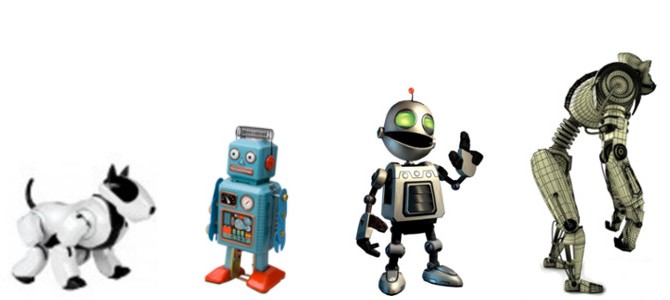Purpose:
All (intentional) behaviour of living systems is purposive; that is, it is goal-oriented. Whether you are lifting a glass of beer to your lips, or flapping your wings to soar into the sky or thrusting out your tongue to catch an insect you are doing so for a reason. And those goals are realised by acting in the world.
Control
When you are driving a car, for example, one of the goals is to keep the car between the white lines on the road. That goal is achieved by turning the steering wheel one way or the other. The wheel is not turned a specific amount or to a particular angle, but it is turned until you perceive that the car is between the white lines.
There are many factors that can effect the position of the car, such as the tyre pressures, the road surface and the wind. As the driver, it is not necessary that you measure these factors to determine their effects, because you continually receive feedback by way of your perception of the car’s position. If these factors do effect the position of the car you simply compensate by turning the steering wheel in the opposite direction. You are able to control your perception of the position of the car by varying the rotation of the steering wheel, thus enabling you to protect your perception from any disturbances to it.
You act in the world to control your perceptions of the world; you vary your output to control your input; behaviour is the control of perception ([1] Powers 2005).
Hierarchies
Of course, your perception of the position of the car is not the only goal being controlled while driving. You may also have goals such as controlling a high speed to get away from other cars, travelling to a specific destination where you can hide the car, changing lanes swiftly to evade the police, providing for your family by robbing a bank, maintaining an extravagant lifestyle with minimum effort and controlling your own particular sense of honesty by acting accordingly; many perceptual goals at different levels of complexity all operating at the same time. The more complex goals are dependent upon the more simpler ones, suggesting a hierarchy of goals and control systems. For example, in order to achieve the goal of changing lanes it is necessary to vary the goal of the (lower) system which controls the position of the car.
Through the prism of Perceptual Control Theory (PCT) all behaviour can be seen as the control of perceptual goals. In particular, goals are achieved by way of simple, and parsimonious, negative feedback control systems where a specific perceptual variable is continually monitored and any deviation from the desired value is counteracted by varying the output.
Living Systems
This functionality and architecture extends, according to PCT, not only to all levels of human perception and behaviour, but throughout the animal kingdom. Consider, for example, the lowly zooplankton. It is a tiny sea creature with very simple light sensors and limbs for moving around its watery environment ([1] Science News 2008) and obtains energy by absorbing light. In the changing light conditions of the water it moves around until it is sensing a certain amount of light. In other words, it acts within its environment until it perceives its goal. That this behvioural unit seems to be ubiquitous suggests that it is a principle that has been successful in terms of evolution and is central to our understanding of life.
Artificial Life
The key, then, to designing and building artificial systems which behave in ways similar to humans and animals is to imbue them with the capabilities to perceive and control their goals. This will require suitable sensors and actuators, at the interface with the environment, but, more crucially, will require a simulated `neural’ architecture that enables the system to control not just its raw sensory perceptions, but also complex internal perceptions that express its relationship to the world, which may be in terms of high-level abstract concepts.
Benefits
The benefits of this parsimonious way of implementing robotic systems is that the agent only needs to attend to those elements of the environment which are relevant to it attaining its goals, it does not need to perform complex processing or modelling of its environment, is able to control high-level, complex and abstract perceptions and it is able to operate in dynamic, chaotic and unpredictable environments.
Such is the approach taken by Perceptual Robots.
- [1] William T. Powers. Behavior: The Control of Perception. Benchmark Pubns, 2005.
- [2] Science Daily. Simple eyes of only two cells guide marine zooplankton to the light. http://www.sciencedaily.com/releases/2008/11/081119140705.htm, November 2008.


